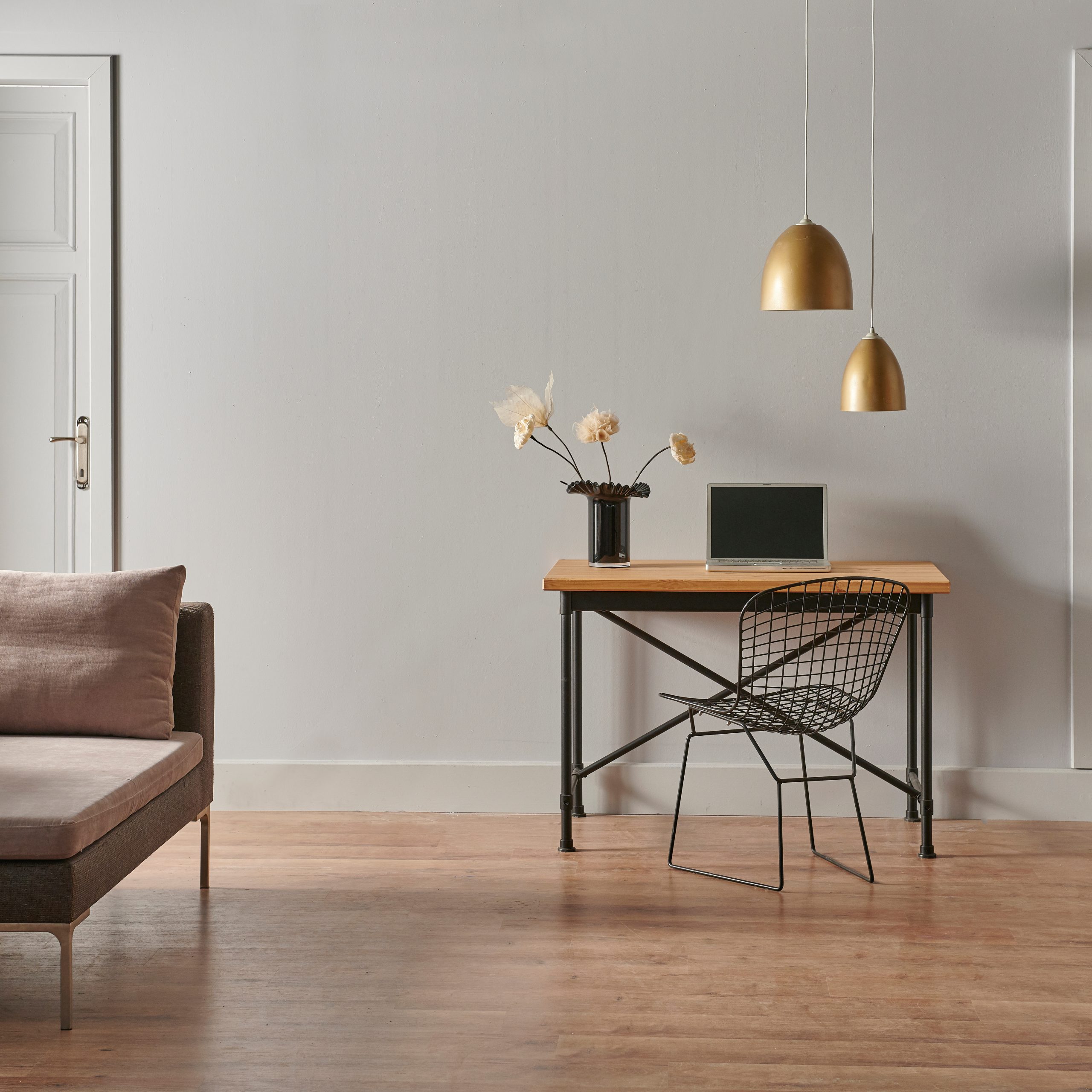
The debate over modern style vs traditional has been going on for decades, and some designers still have strong opinions about which is “right.” But both design styles offer some amazing benefits.
For instance, while modern style often relies on stark contrasts and bold geometric shapes, traditional design uses lots of soft symmetry. This gives rooms a warm and welcoming feel. Plus, the use of natural colors, simple decor accents and bare floors make rooms feel calming. Both styles also place a high value on functionality, which translates to easy-to-clean surfaces and minimal clutter.
But despite these differences, both styles can work beautifully together. In fact, combining modern and traditional elements can create a unique look that’s both timeless and current. This could involve taking a room with a traditional structural design and adding modern furniture or it might mean taking a modern home and furnishing it with traditional pieces. No matter what you choose to do, it’s important to keep these tips in mind:
Modern furniture and decor is generally sleek and clean, with a lack of ornamentation or embellishments. The color palette is also typically neutral or white, with subtle hues of gray and black tossed in. And although some people think that modern design is cold and uninviting, a few well-placed heirlooms or a collection of vintage artwork can quiet naysayers.
Similarly, traditional furnishings tend to have smooth lines and a classic silhouette that’s both elegant and comfortable. But the use of rich, natural materials and ornate details like carvings and gilding can be a little overwhelming for some modern spaces. To counteract this, try to add some contemporary touches like a pair of modern wall sconces or an upholstered bench with a simple silhouette.
A lot of people struggle with choosing a color scheme that will work for their space. And while some people are happy to stick with a single shade throughout the entire room, others like to mix in a few bold hues and create a look that feels more eclectic. The key to pulling this off is ensuring that your modern colors are neutral enough to ground the room, and that your traditional shades complement the new ones.
One way to do this is by choosing a neutral color for larger surfaces like walls and furniture and adding pops of color through accessories, rugs and bedding. Another option is to add a few large-scale modern art pieces to the space, as these will act as focal points that help tie together the different elements of your room.
You can also add modern touches with smaller details like vases, wall decor and even lighting. For example, a pair of modern sconces can look fantastic in a bedroom filled with traditional beds and nightstands. Or, you can incorporate a more modern finish on furniture, such as a matte black or polished nickel, to add some excitement and contrast.

